Eye makeup allergy
- February 3, 2022
- by NATALIYA KUSHNIR
- Articles
What Is eye makeup allergy?
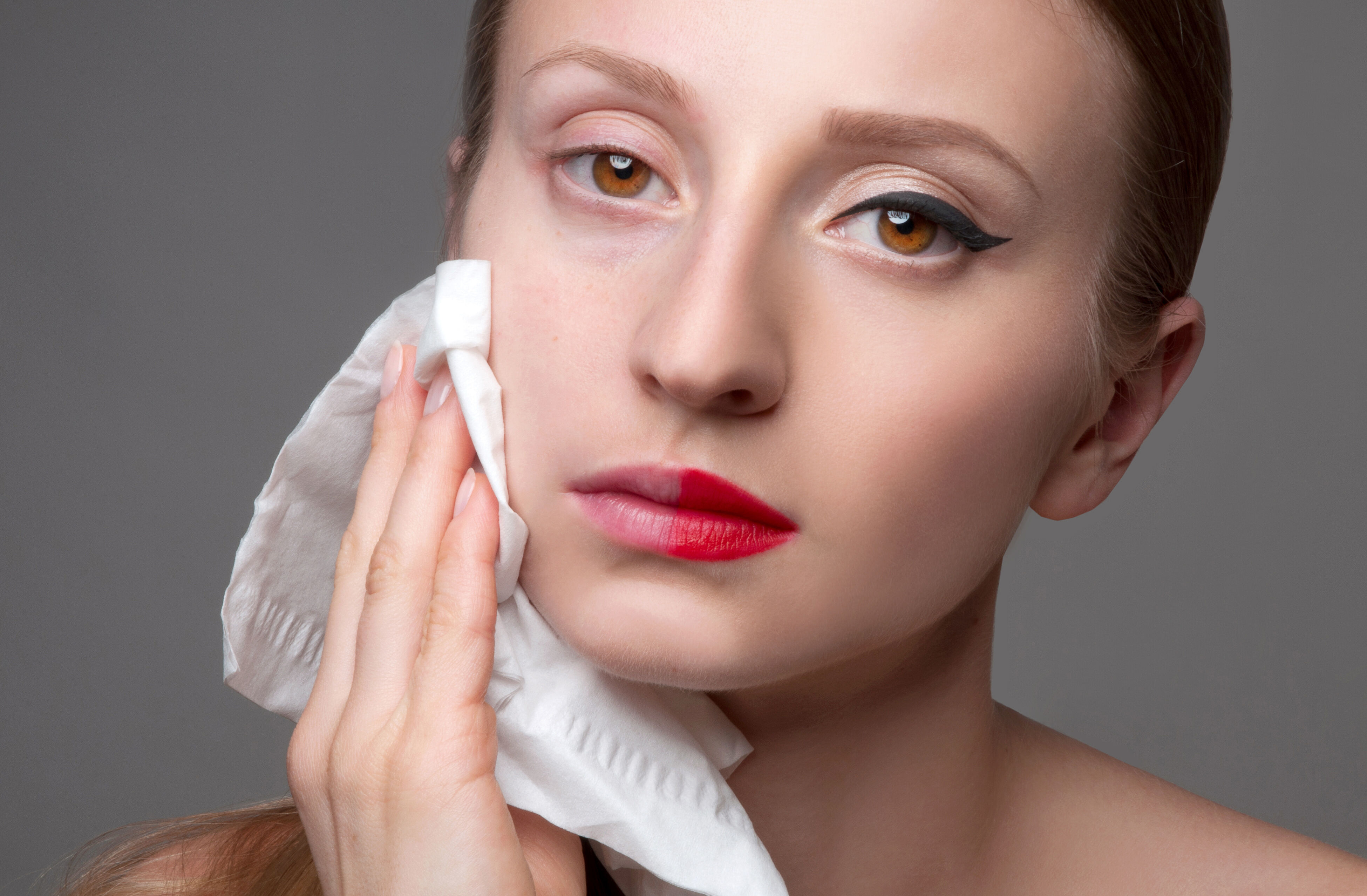
Makeup allergy, or allergic contact dermatitis to cosmetic products is an allergic reaction to the chemical components of the product used. The similar products often use same components (same chemical component may have various names), so it is difficult to figure out the problem by simply switching the brand.
Well, to begin with you must find out if the rash or eye problem you are having is in fact caused by cosmetics. That is what allergists and dermatologists are for.
Makeup allergy facts:
- Contact dermatitis due to cosmetic products is a common dermatologic complaint that considerably affects the patient’s quality of life.
- Diagnosis, treatment, and preventive strategies represent a substantial cost. This condition accounts for 2% to 4% of all visits to the dermatologist, and approximately 60% of cases are allergic in origin.
- Most cases are caused by skin hygiene and moisturizing products, followed by cosmetic hair and nail products.
- Fragrances are the most common cause of allergy to cosmetics, followed by preservatives and hair dyes; however, all components, including natural ingredients, should be considered potential sensitizers.
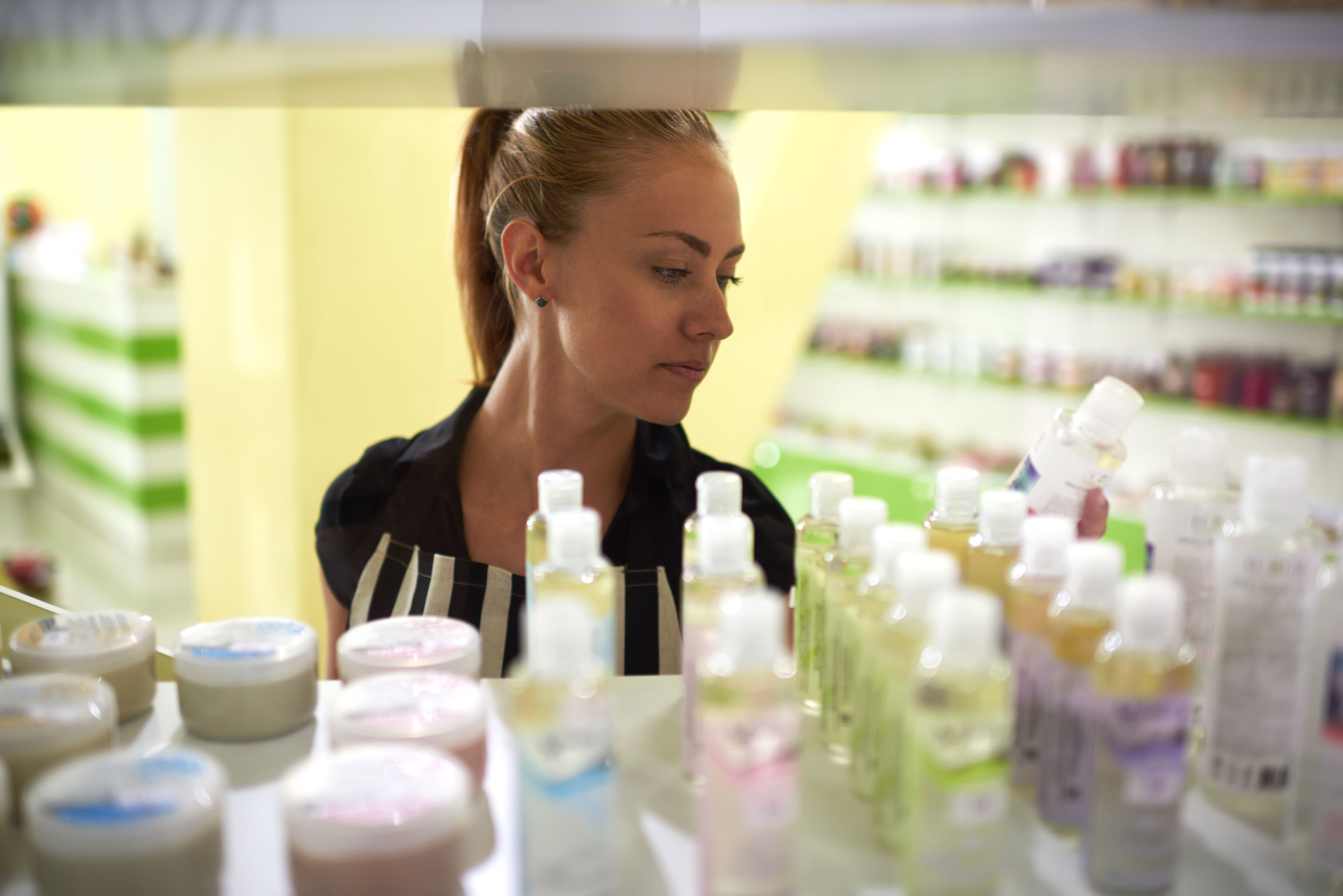
What are the risk factors for cosmetics reactions?
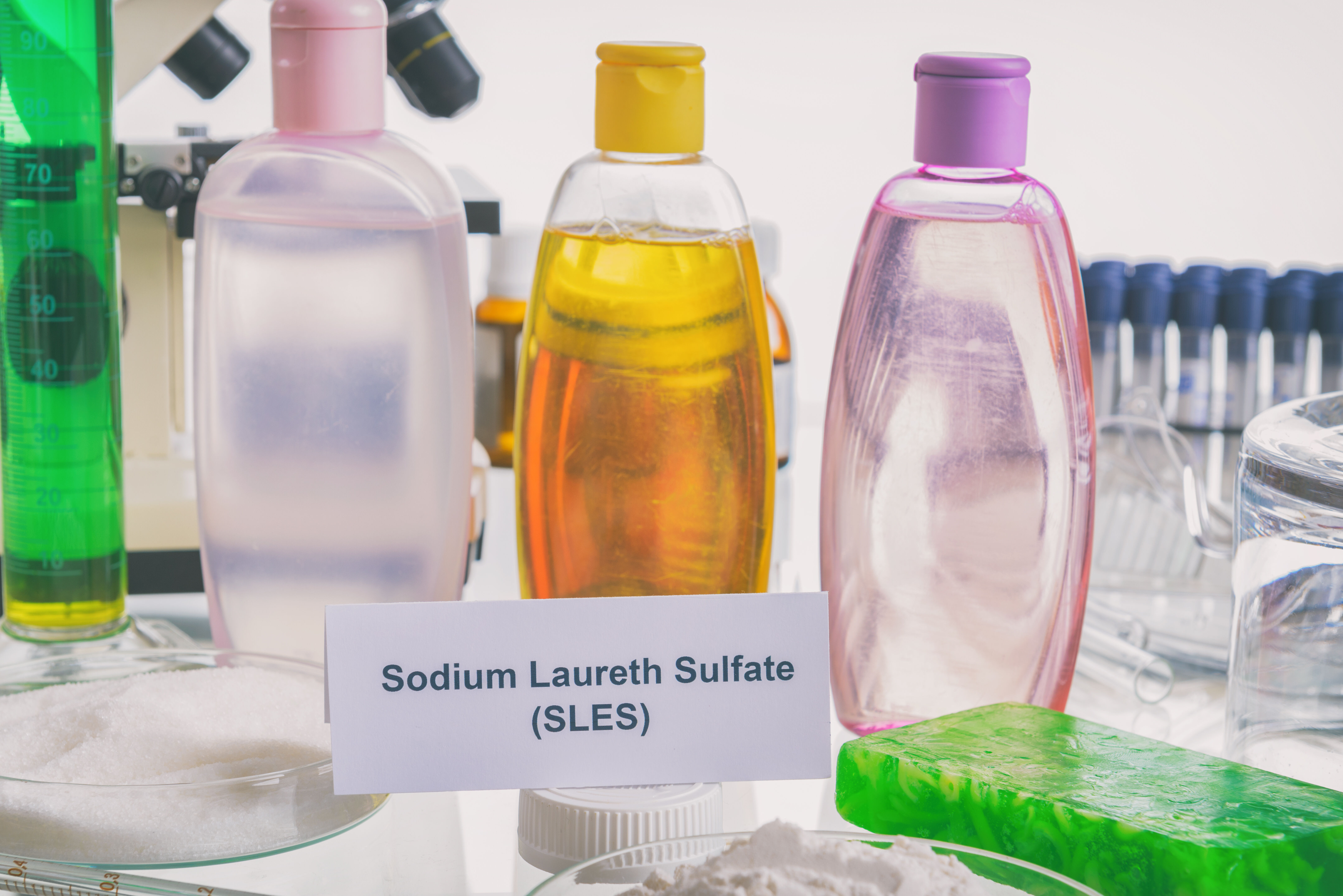
Cosmetics are divided into two groups: left on the skin (leave-on) and rinsed off the skin (rinse-off). The first group includes creams, lotions, perfumes, and they are responsible for the majority of hypersensitivity. Rinsed cosmetics, such as shampoo and other detergents, sensitize significantly less as the contact with skin is short.
Here are some factors that may lead to the development of allergic contact reactions to cosmetics:
- Cheap cosmetic products tend to use more abrasive and sensitizing chemicals
- If you have a history of allergic reactions to detergents, creams or jewelry, you are more likely to develop reactions to mascara, shaving cream, eyeliner etc.
- If you have a family history of contact dermatitis and allergies to cosmetics
- Leaving the cosmetic products overnight prolongs the time of exposure and gives the cosmetic chemical time to penetrate the skin
- Having dry flaky skin gives chemicals ability to get under protective layers and cause the reaction and sensitization
- If you ever had a reaction to a cosmetic product, you are more likely to react to many other products.
What are symptoms and signs of a makeup allergy?
The symptoms of the reactions to a makeup or any cosmetic product are the same as in any contact allergy:
- Significant itching after the product application
- Redness and swelling where the products were applied
- Rash that may be single tiny spots, or even vesicles that may come together in a large bulla (blister)
- Crusting and faking of the skin when the redness and rash start to resolve
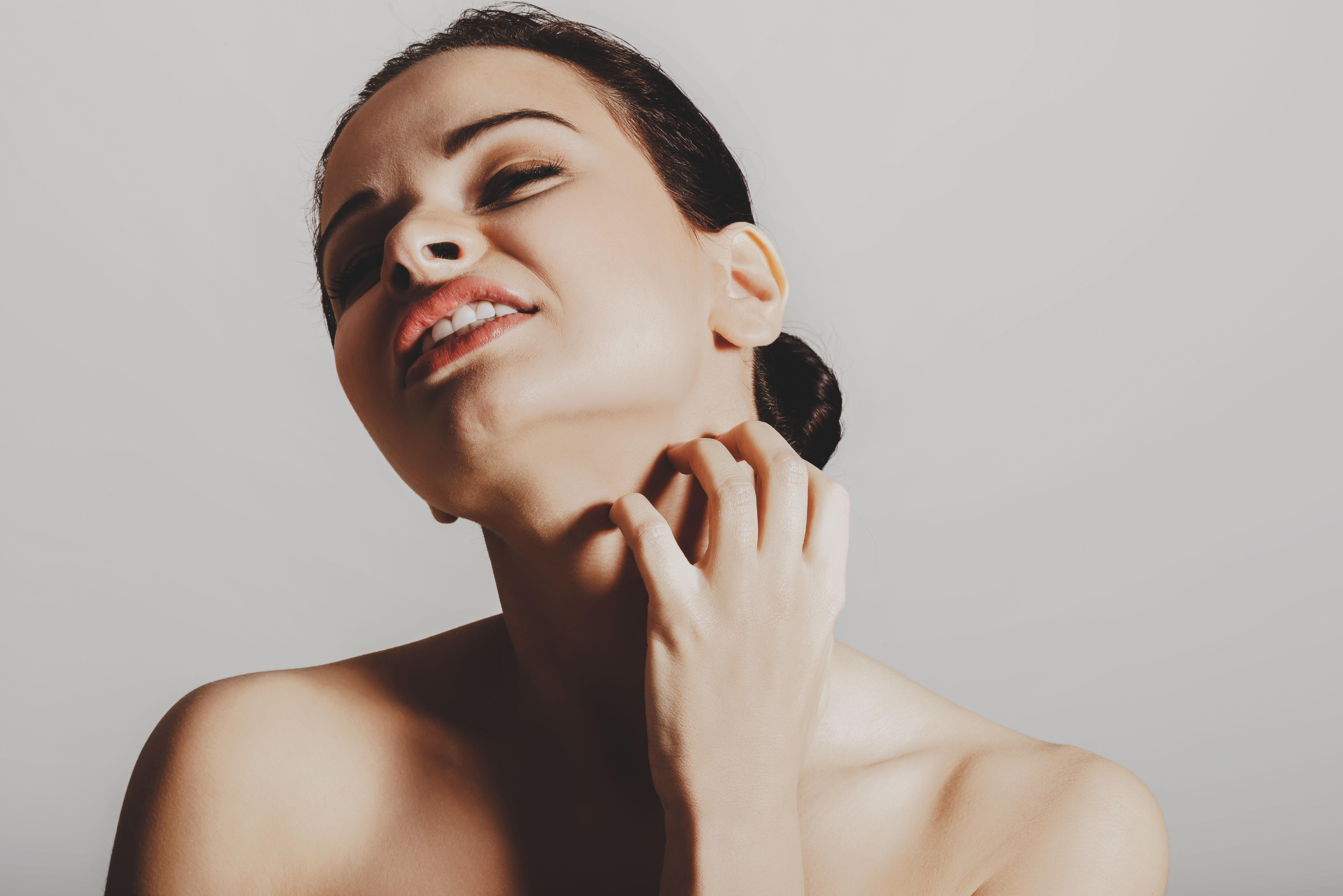
Remember, while the rash and itch may start in the place of the cosmetics use, it may very well spread to the other parts of the face and even body. Cosmetic allergic dermatitis is the internal disease when immune cells that got angry in one spot can travel to the other parts of the skin and start inflammation anywhere.
One of the characteristic signs of the cosmetic allergy is “racoon eyes” – crusting, redness, swelling and brownish skin discoloration around the eyes. While the name of the symptom sounds funny, the reaction is horrible! People who get cosmetic allergy around the eyes feel awful – irritability, inability to sleep and knowing how bad the face looks can drive crazy anyone. So, empathy and comforting words sometimes feel like the best remedy.
What health care specialists diagnose and treat makeup allergies?
Sometimes finding out which cosmetic product is responsible for the annoying itch and redness is seemingly endless journey. Why? Because the chemical that is causing makeup allergy can be used by different brands and can be hidden in multiple different products. The first home test to see if the rash is even related to cosmetics is to STOP USING ALL COSMETICS! If the reaction is gone within 2 weeks – you know where to dig. The next stop is an allergist who can do the test.
Patch testing is the most useful test when trying to identify which products cause the reaction.60% – 70% positive patch test results reported in research among all the patients who were clinically diagnosed as cosmetics dermatitis.
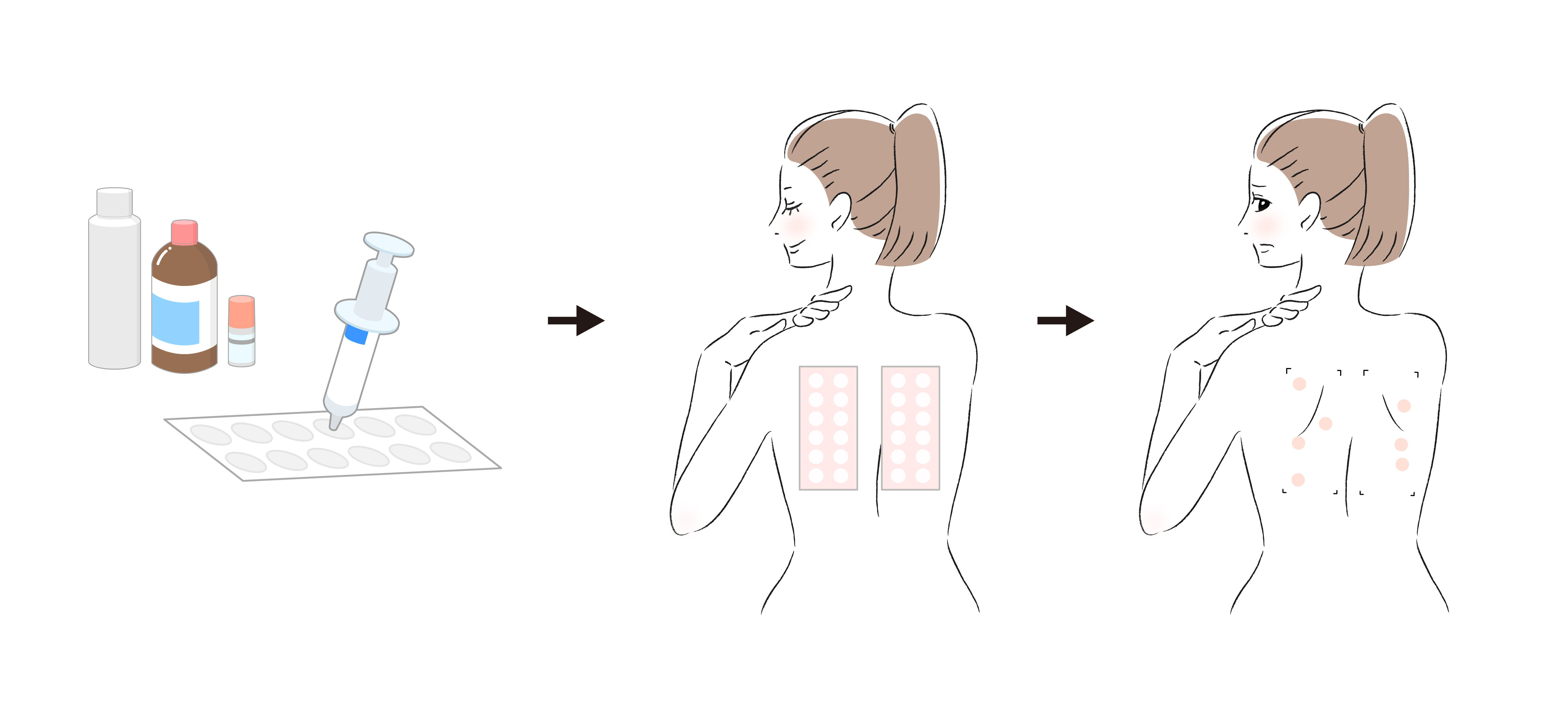
Here is a great study published in JAMA in 2019 – a Retrospective Analysis of North American Contact Dermatitis Group Data, 1994 to 2016.
Erin M. Warshaw from the University of Minnesota with colleagues reports characteristics (including demographics and allergens) between 1332 male patients with facial dermatitis (MFD) and 13 732 those without facial dermatitis (MNoFD) using statistical analysis. Mean age of participants was 50 years old. The most common skin of the face that was affected:
- all face 49%
- eyelids 23.5%
- lips 12.6%.
Participants with facial dermatitis were yonger, predominantly white, and most had contact with cosmetics at work. The most common allergens that were associated with clinically relevant reactions among MFD included:
- methylisothiazolinone (n = 113; 9.9%)
- fragrance mix I (n = 27; 8.5%)
- balsam of Peru (n = 90; 6.8%).
Patients who had face dermatitis were more likely to react to use of:
- dimethylaminopropylamine (RR, 2.49; 95% CI, –1.42 to 4.37])
- paraphenylenediamine (RR, 1.43; 95% CI, –1.00 to 2.04; P < .001).
Overall, 60.5% of facial allergen sources used by men were personal care products.
What is the treatment for a makeup allergy?
Eye makeup allergy treatment is urgent – the faster you stop the allergic reaction the faster skin will heal. The problem is a close location of the eye itself, so the chemical or the treatment agent has a possibility to get on the cornea and cause allergic conjunctivitis – not fun at all. You should use all possible caution not to let the irritational cream or wash to get inside the eye.
Can I treat eye makeup allergy at home? One of the first things to do is to wash the cosmetics off – as carefully and completely as possible! Try not to use any commercial wipes or cleansers – the area of the skin that is reacting to cosmetics is very likely to react to any chemical now. Use the lukewarm water and mild soap, try to rinse and do not rub. Use the softest facial tissue or towel to dab the water off. You may want to repeat washing until you see no more of the eyeliner or mascara.

Which doctor should I see for the cosmetics allergy? As the inflammation is allergic, but happens to affect eyelids and eyes, you may end up seeing three – four different specialists until you get the right diagnosis and treatment:
- eye doctor (ophthalmologist or optometrist)
- dermatologist
- allergist or immunologist
Who is the best specialist to treat makeup allergy? It is hard to say, so we recommend to find the specialist who has an expertise in the treatment of the contact dermatitis, of cosmetic dermatitis, or will offer the contact sensitivity patch tests.
How to prevent a cosmetics allergy?

The simplest answer to that – do not use any cosmetic and skincare products. Haha – like that is possible nowadays! Any women would react with horror to the recommendation of a lifetime avoidance of cosmetist. That is why there are other ways to prevent the allergic reactions of any kind.

Yes – it is best to throw away all the makeup that caused the reaction. But then, your allergist should teach you how to read the lables and choose the cosmetics lines of products that do not use that particular chemical.
The condition of the skin and eyelids it the biggest consideration – soft smooth moist skin will protect well against the chemicals and prevent the entry of bad molecules under the dermal layer.
Good nutrition and exercise tone up the skin and make immune system happy – so you can prevent a cascade of the allergic reactions by seeing the functional physician and natural practitioners. There are special diets and supplements that nourish the skin and help to stop allergic reactions.

Ingredients to avoid in cosmetic and skincare products (report of 232 patient):
| Substance tested | % | F | M |
| Toluene sulfonamide – formaldehyde resin | 29.7 | 69 | 0 |
| Hydroquinone | 2.1 | 5 | 0 |
| Paraphenylenediamine | 26.3 | 54 | 7 |
| Triethanolamine | 2.1 | 4 | 1 |
| Methylisothiazolinone | 20.7 | 41 | 7 |
| Butylhydroxytoluene | 1.7 | 4 | 0 |
| Fragrance-mix | 16.4 | 29 | 9 |
| Lanolin | 1.7 | 4 | 0 |
| Formaldehyde | 8.2 | 19 | 0 |
| 2-bromo-2-nitropropane-1,3-diol | 1.7 | 4 | 0 |
| Colophony | 7.7 | 15 | 3 |
| Chloroacetamide | 1.7 | 4 | 0 |
| Balsam of Peru | 6.0 | 11 | 3 |
| Amerchol L-101 | 1.3 | 2 | 1 |
| Parabens | 3.4 | 6 | 2 |
| Propylene glycol | 1.3 | 3 | 0 |
| Triclosan | 3.0 | 6 | 1 |
| Sorbic acid | 0.9 | 2 | 0 |
| Ammonium thioglycolate | 3.0 | 7 | 0 |
| Imidazolidinyl urea | 0.9 | 2 | 0 |
| Quaternium-15 | 2.6 | 6 | 0 |
| Chlorhexidine | 0.4 | 1 | 0 |
Here is most commonly identified cosmetic products:
| Cosmetic | % | Sex | F | M |
| Nail polish | 32.3 | 75 | – | |
| Hair dye | 17.2 | 36 | 4 | |
| Fragrances/perfumes | 7.3 | 15 | 2 | |
| Shampoo and hair products | 6.0 | 12 | 2 | |
| Moisturizing cream | 4.7 | 7 | 4 | |
| Deodorant | 4.3 | 7 | 3 | |
| Sunscreen | 1.3 | 3 | – | |
| Soap | 0.9 | 1 | 1 | |
| Hair straightening | 0.4 | 1 | – |
